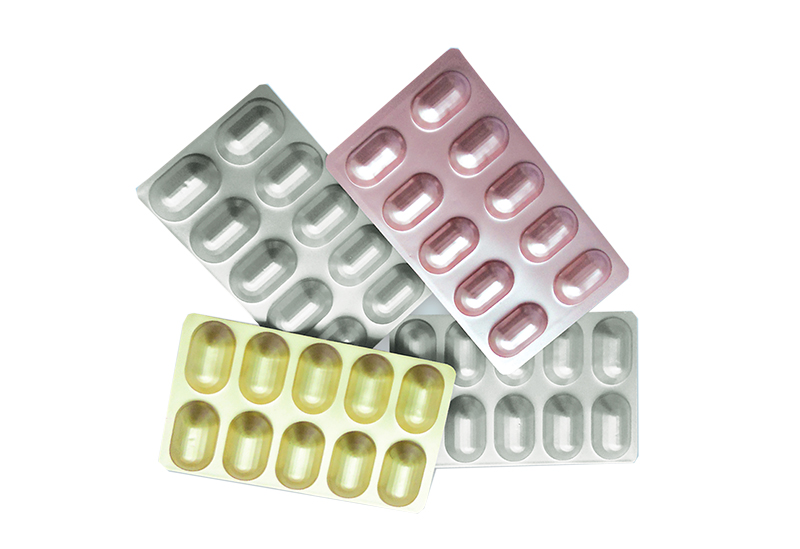Pharmaceutical Packaging: Ensuring Safety and Efficacy of Medications
Pharmaceutical packaging is an essential aspect of the drug development process. It involves designing and manufacturing packaging materials that protect pharmaceutical products from contamination, degradation, and physical damage. The primary purpose of pharmaceutical packaging is to ensure that the medication reaches the patient in its intended form, without any alterations in its composition or quality.
Pharmaceutical packaging plays a critical role in the safety and efficacy of medications. It not only protects the drug from external factors but also ensures that the patient receives the correct dose of the medication. The packaging must be designed in a way that prevents accidental or intentional misuse of the drug, particularly in the case of prescription drugs.
The packaging materials used in the pharmaceutical industry must comply with stringent regulations and guidelines set by regulatory bodies such as the US Food and Drug Administration (FDA) and the European Medicines Agency (EMA). These regulations ensure that the packaging materials are safe, stable, and compatible with the drug formulation.

One of the primary functions of pharmaceutical packaging is to protect the drug from physical damage during transport and storage. This is particularly important for sensitive drugs that can be affected by exposure to light, humidity, or temperature changes. For instance, vaccines must be stored and transported at specific temperatures to maintain their efficacy.
Another critical function of pharmaceutical packaging is to prevent contamination of the drug. The packaging materials must be able to prevent the ingress of microorganisms, dust, and other contaminants that can compromise the drug's quality and safety. Sterile packaging materials are used for drugs that require aseptic manufacturing processes and are intended for parenteral administration.
Recommended article:Three Traits of a Good Children’s Book
The Ultimate Buyer's Guide for Purchasing Children Book
Why is book selection important?
5 Things to Know Before Buying Kids with Books
How and Why to Read and Create Children's Digital Books – UCL Press
Print Awareness: Guidelines for Instruction
How We Rate and Review: Books
Pharmaceutical packaging must also be designed to ensure that the patient receives the correct dose of the medication. This is particularly important for drugs that have a narrow therapeutic window, i.e., a small range between the therapeutic and toxic doses. The packaging must be labeled accurately, indicating the name of the drug, the strength of the dose, and the instructions for use.
Child-resistant packaging is another critical aspect of pharmaceutical packaging. This type of packaging is designed to prevent accidental ingestion of medications by children. Child-resistant packaging materials must be tested to ensure that they are effective at preventing access to the drug by children while remaining accessible to adults.
Pharmaceutical packaging also plays a vital role in patient compliance. Compliance packaging is designed to help patients adhere to their medication regimen. For instance, blister packs are commonly used to package medications that are taken on a daily basis. The blister pack contains individual doses of the medication, making it easy for the patient to keep track of their medication schedule.
In conclusion, pharmaceutical packaging is an essential aspect of the drug development process. It ensures that medications reach patients in their intended form, without any alterations in their composition or quality. Pharmaceutical packaging protects drugs from contamination, physical damage, and accidental or intentional misuse. It also ensures that patients receive the correct dose of the medication, and that medications are packaged in a way that promotes patient compliance. Pharmaceutical packaging must comply with strict regulations and guidelines set by regulatory bodies to ensure that packaging materials are safe, stable, and compatible with drug formulations.
5 Must-Have Features in a Illustrations for Children
What is the significance of children's book?
5,000 RUSH Business Cards
How to Self Publish a Book
8 Types of 3D Printing Processes
Top 5 Facts About Self-Publishing a Children’s Book
5 Reasons Why Packaging Is Important for Food Safety



